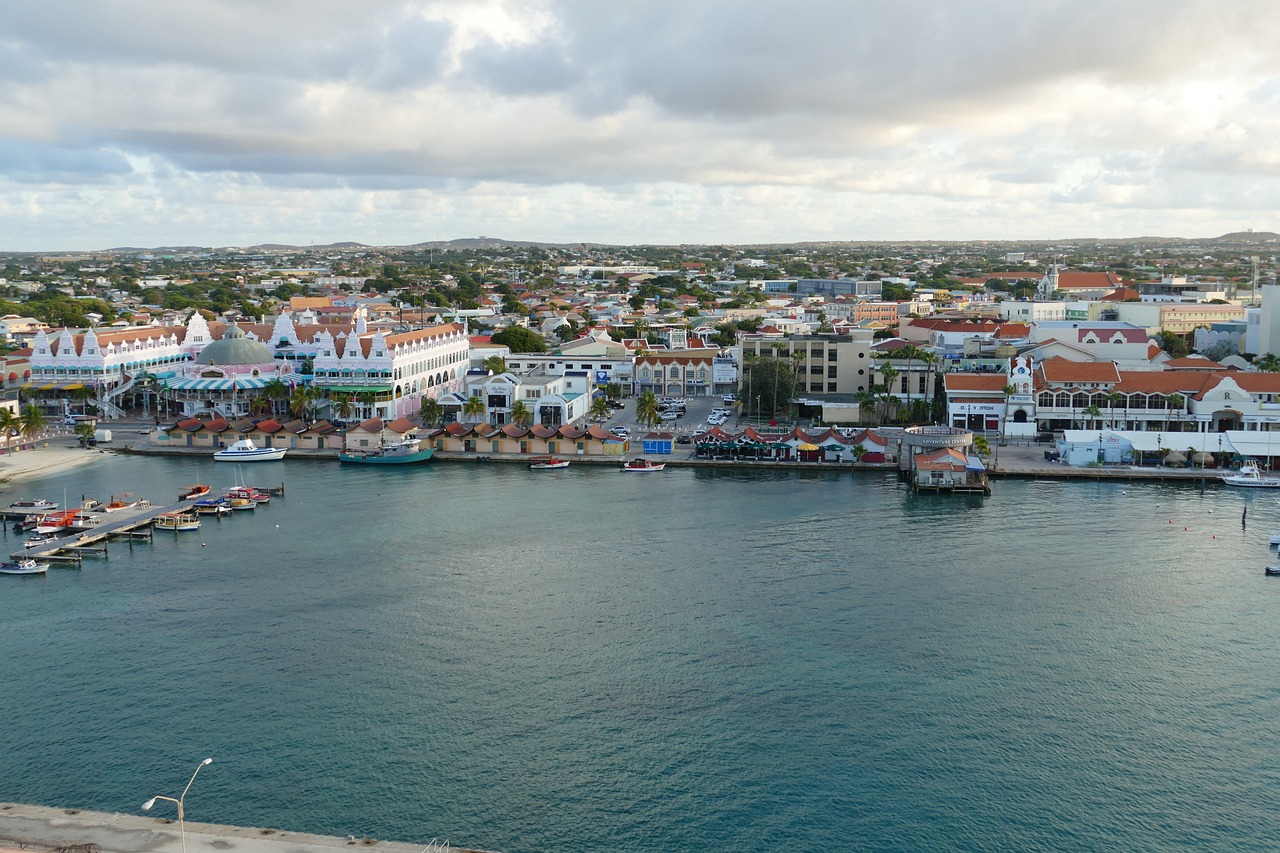
Written by PhD student from FoodBioSystems DTP Lynn de Miranda
Small islands stand to lose the most in this climate crisis, but would letting them go under be a massive mistake?
Small Island Developing States or SIDS as they are referred to within COP, comprise around 65 million people. Although these islands are small, their inhabitants provide a unique and valuable perspective, being amongst the most vulnerable to climate change. As sea levels are set to rise, many islands could see significant landmass reduction, leading to devastating effects.
Whilst it is widely accepted that the impact of rising sea levels will be severe, the personal effects of this on human lives have seemingly been forgotten. During one of the COP sessions, the USA was quoted as asking ”What happens to islands when they go under water, are they still states? ‘’.
This topic is not new, but the cavalier nature of the US enquiry does highlight a certain disregard to the people living on these islands. With words such as ‘’when’’ thrown around without sufficient gravity, it does seem that these large nations simply view the potential devastation of SIDS as collateral damage.
‘’Very often the language focusses on the physical aspect of climate change…We talk very little about the socio- economic impact of climate change’’ said a delegate representing Mauritius during the High-level SIDS event at COP28. He continued by emphasising the need for support for all the sectors later quoted as saying ‘’It is really a question of survival for SIDS’’(1).
SIDS are home to an incredible amount of diversity. A diversity that is not limited to natural resources, but extends to the people. Communities are often made of many cultures, integrated together with an overarching appreciation for nature, rooted in ancestral and indigenous knowledge. For many people these islands not only provide a foundation for their houses but truly mean home.
Islands represent not only a vulnerable situation but also a unique opportunity. Due to their size mitigation and adaptation methods could be rolled out more easily here than on a larger scale. When an unaffordable diesel crisis left the Marshall Islands in the dark, a reformed energy policy saw 95% of the islands’ energy being produced through solar power generation (2). Several islands, including Barbados, aim to be 100% powered by sustainable energy within the upcoming decade (3).
Besides focussing on localised renewable energy and decreasing their overall emissions, some islands are also highlighting the need to protect and prioritise biodiversity. Many have enforced policies to protect their marine environments, from banning single use plastics to the creation of marine protection zones. St Kitts and Nevis, for example, has one of the most ambitious plastic reduction plans in the world, aiming to completely phase out several key types of plastic use by 2024 (4).
Islands, like many other states and countries rely heavily on their natural resources to support the economy. However, programs such as that currently being trialled in Aruba, look to put economic value on sustainable actions themselves (5).
Many of these islands are paving the way to an environmentally sustainable future and to assume these islands and their inhabitants are just collateral damage and unfortunate victims would be an unforgiveable oversight. As the world looks for pathways into sustainability, SIDS could provide invaluable guidance.
To be an islander is to be resilient, it is in our blood. Throughout history we have had to defend our islands and our way of life and we will do the same, now that we are faced by the climate crisis and our new adversary is the sea around us.

